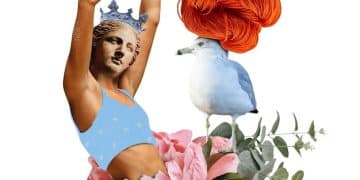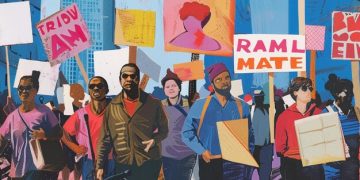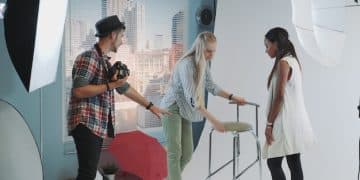Social Media’s Impact on Art Criticism: A Balanced View
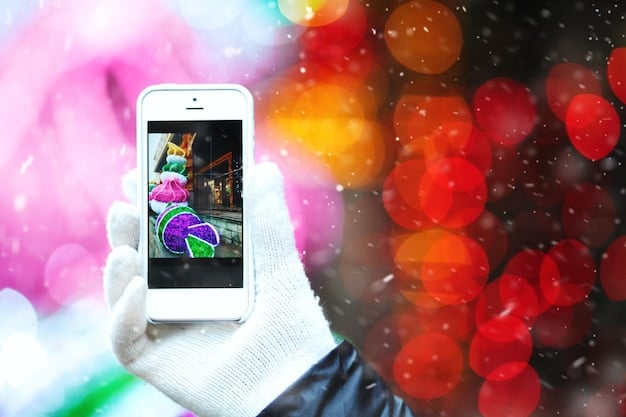
The impact of social media on art criticism is multifaceted, presenting both opportunities for broader engagement and challenges to traditional critical standards, necessitating a balanced perspective to understand its true effects.
The rise of social media has undeniably transformed numerous aspects of modern life, and the realm of art criticism is no exception. Understanding the impact of social media on art criticism: a balanced perspective is crucial in navigating this evolving landscape. Let’s delve into the nuanced relationship between these two spheres.
The Democratization of Art Criticism
Social media has shattered the traditional gatekeeper model of art criticism, where only a select few voices held sway. Now, anyone with an internet connection can share their opinions and interpretations of art. This democratization has both positive and negative consequences.
The Rise of Citizen Critics
Social media platforms have empowered a new generation of “citizen critics.” These individuals, often without formal training in art history or criticism, offer fresh perspectives and engage with art in ways that traditional critics may not.
They come from diverse backgrounds and experiences, enriching the dialogue surrounding art and challenging established norms.
- 🌐 Increased accessibility of art reviews and discussions.
- 🗣️ Amplification of diverse voices and perspectives.
- 🎨 Broader engagement with art among the general public.
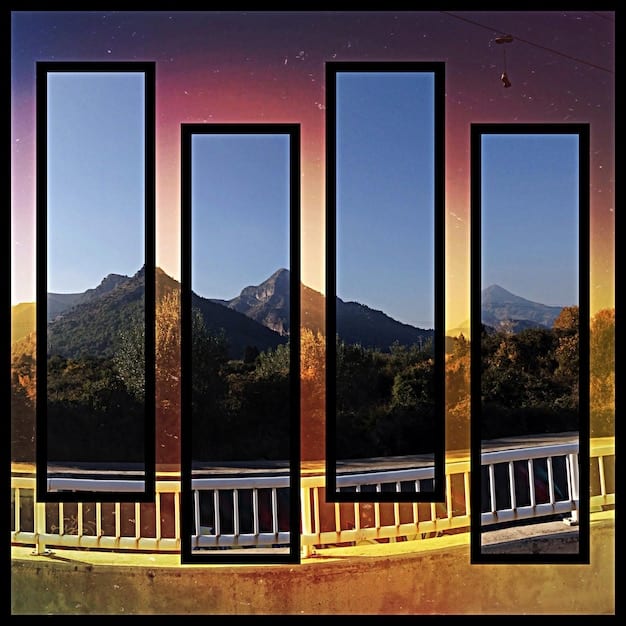
Social media’s accessibility allows for a wider range of interpretations and opinions, fostering a more inclusive and dynamic art world.
Blurring Lines Between Promotion and Critique
One of the significant challenges posed by social media is the blurring of lines between genuine critique and promotional content. The pressure to maintain a positive online presence can lead to biased or superficial reviews.
Navigating this complex terrain requires a critical eye and a commitment to transparency.
The Influence of Algorithms
Social media algorithms prioritize content that generates engagement, which can inadvertently promote sensationalist or controversial opinions over thoughtful analysis.
This algorithmic bias can distort the perception of art and undermine the integrity of art criticism.
- 📈 Algorithms prioritize engagement, not necessarily quality or accuracy.
- 📢 Echo chambers can reinforce biased opinions.
- 💰 Sponsored content can masquerade as genuine critique.
The pursuit of likes and shares can compromise the objectivity and depth of art criticism. It’s essential to be aware of the potential for manipulation and to seek out diverse and reliable sources of information.
The Speed and Ephemerality of Online Discourse
The fast-paced nature of social media encourages quick reactions and fleeting impressions, often at the expense of in-depth analysis and thoughtful reflection. Art criticism is supposed to involve considering and understanding an artwork properly before making judgements about it.
The desire to be the first to comment can lead to hasty judgments and shallow interpretations, potentially diminishing the value of thoughtful art criticism.
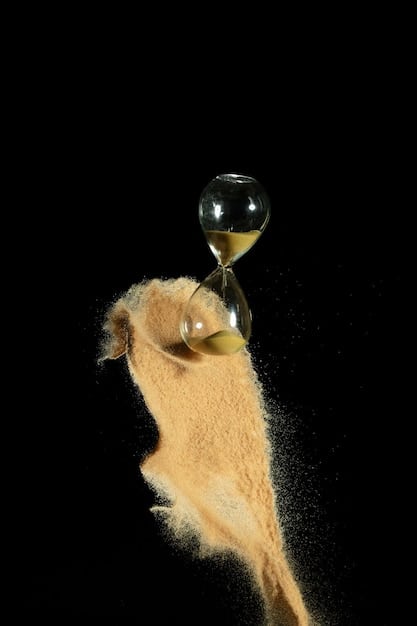
The Challenge of Nuance
Social media’s character limit and emphasis on visual content can make it challenging to convey complex ideas and nuanced arguments with artworks. The internet’s culture of using images and short-form content can often cheapen any discussions of art that may happen.
The format of social media often favors brevity and emotional appeals over reasoned analysis and critical thinking.
- 💨 Fleeting impressions dominate over in-depth analysis.
- 💔 Emotional reactions often eclipse reasoned arguments.
- 📚 The absence of the need for true art expertise in many online discussions.
Social media offers space for diverse opinions, but at the cost of thoughtfulness and good-faith engagement within an art community.
The Impact on Artistic Creation
Social media not only reshapes how art is consumed and criticized but also influences the creative process itself. Artists are increasingly aware of the potential for their work to be shared and scrutinized online.
This awareness can lead to both opportunities and constraints, as artists navigate the pressures of visibility and validation.
The Performance of Authenticity
Artists might create work designed to resonate with social media trends, potentially compromising their artistic vision. The importance of an artwork’s visual can rise to take precedence over the art’s meaning or artistic value.
The need to generate online buzz can overshadow the pursuit of artistic integrity and innovation.
Social media is valuable, but artists should also be aware not to become too absorbed with it, harming their art in the process. If they are always aware of their art’s reception online, it will affect them.
Building a Constructive Online Art Community
Despite the challenges, social media can be a powerful tool for fostering a vibrant and engaged art community. By promoting critical thinking, ethical practices, and constructive dialogue, we can harness the positive potential of these platforms.
It requires a conscious effort to cultivate a culture of respect and intellectual curiosity.
Promoting Ethical Online Practices
Users can be aware how to improve art conversations and opinions expressed online, for the sake of building a cohesive and positive online art community.
This includes encouraging transparency, fact-checking, and constructive criticism.
- ✅ Promoting genuine engagement with art.
- 🛡️ Supporting originality and giving credit where it’s due
- 🤝 Encouraging respect for diverse artistic perspectives.
Social media users and art critics have the ability to create online spheres beneficial to their art communities. It involves a concentrated and sustained effort, but it’s a worthwhile step in improving online art culture.
The Future of Art Criticism in the Digital Age
The relationship between social media and art criticism is constantly evolving, and it is hard to know exactly where it will lead us. However, it is essential is understanding the impact of social media on art critical perspectives and that new perspective will affect the future of art.
It can influence the art world that we live and engage with now and ten years from now.
Adaptations and Innovations
As social media evolves, art criticism must adapt to these changes and find new ways to engage with audiences, promote critical thinking, and maintain standards of quality and integrity.
The digital landscape is calling for new innovations, and art criticism should be part of it. Find ways to better discuss artworks and art’s place in the world.
- 💡 Exploring new formats and platforms for criticism.
- 👨🏫 Fostering media literacy and critical thinking skills.
- 🌍 Promoting cross-cultural dialogue and exchange.
By staying informed, engaged, and adaptable, we can navigate the challenges and opportunities of the digital age and ensure that art criticism continues to thrive as a vital force in the art world.
| Key Aspect | Brief Description |
|---|---|
| 🌐 Democratization | Anyone can share art opinions online. |
| 📢 Promotion vs. Critique | Influence of algorithms and bias concerns. |
| 💨 Speed & Nuance | Online discourse sacrifices in-depth analysis. |
| 🎨 Creation & Authenticity | Artistic vision can compromise for online validation. |
FAQ
Social media has transformed art criticism by democratizing it, allowing anyone to share their views, but also creating issues with bias and shallowness.
The benefits of online art criticism include increased participation, diversified voices, and broader artistic exposure to the population and new audiences.
The drawbacks include lower analytical quality, promotion overwhelming opinion, and an atmosphere of superficiality regarding the discussion of artworks.
To maintain integrity, critics should demonstrate transparency, look at verifiable facts about art, and be careful to provide constructive and ethical criticism to the public.
The future involves adapting to online trends, furthering media literacy, and promoting cross-cultural discussions that offer new, better ways to create art critiquing.
Conclusion
The rise of social media has had a profound and multifaceted impact on art criticism. While these platforms have democratized access to art and empowered new voices, they have also introduced challenges related to bias, superficiality, and the blurring of lines between promotion and critique. By promoting ethical practices, fostering critical thinking, and adapting to the evolving digital landscape, we can leverage the positive potential of social media to build a more vibrant, engaged, and informed art community.
